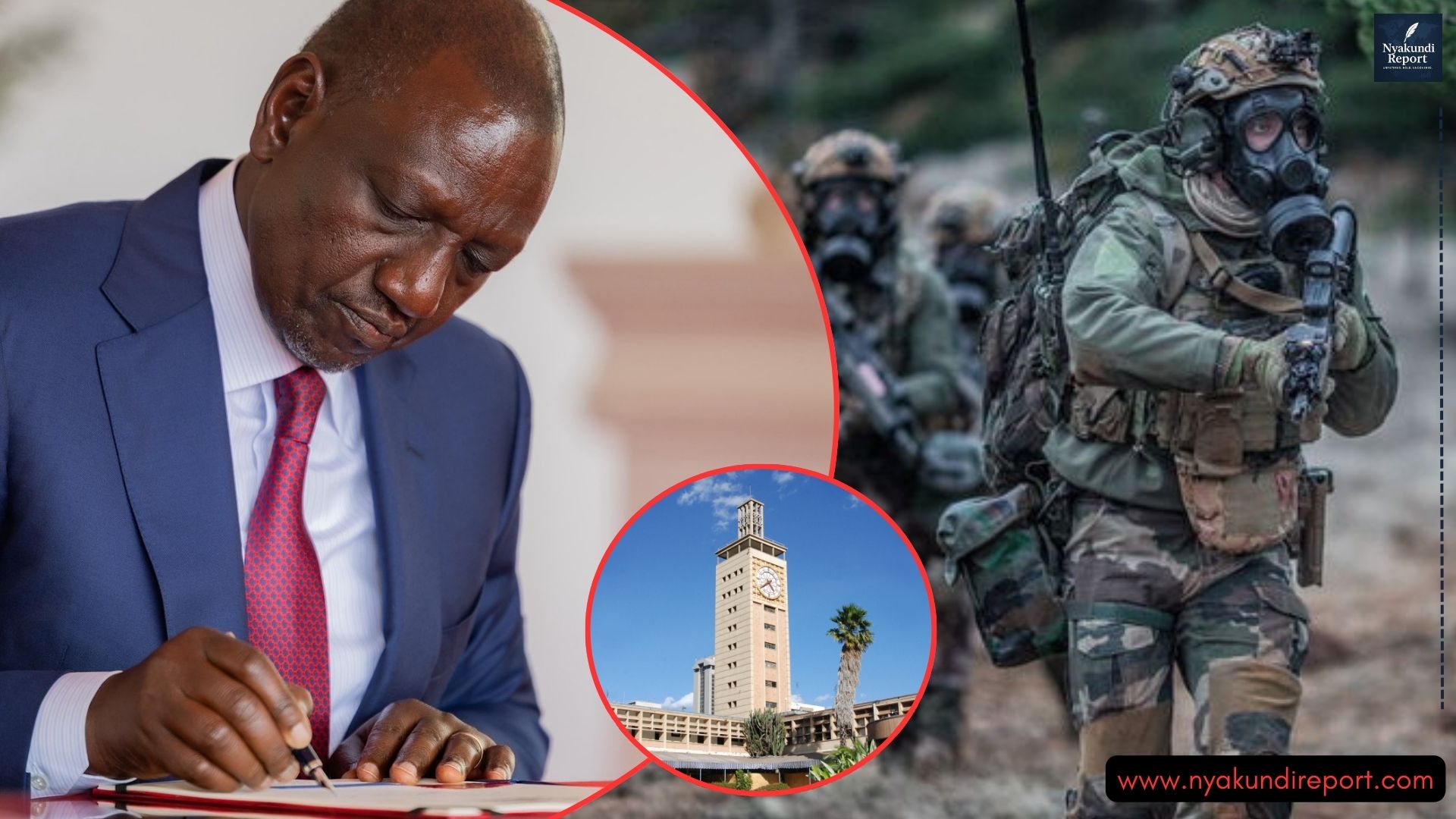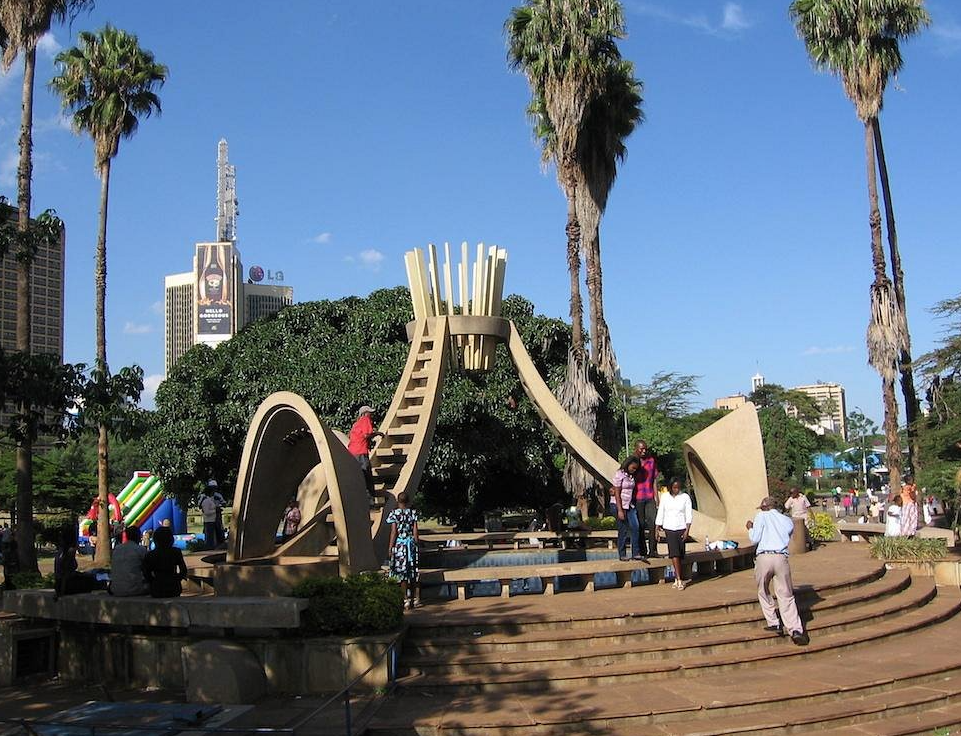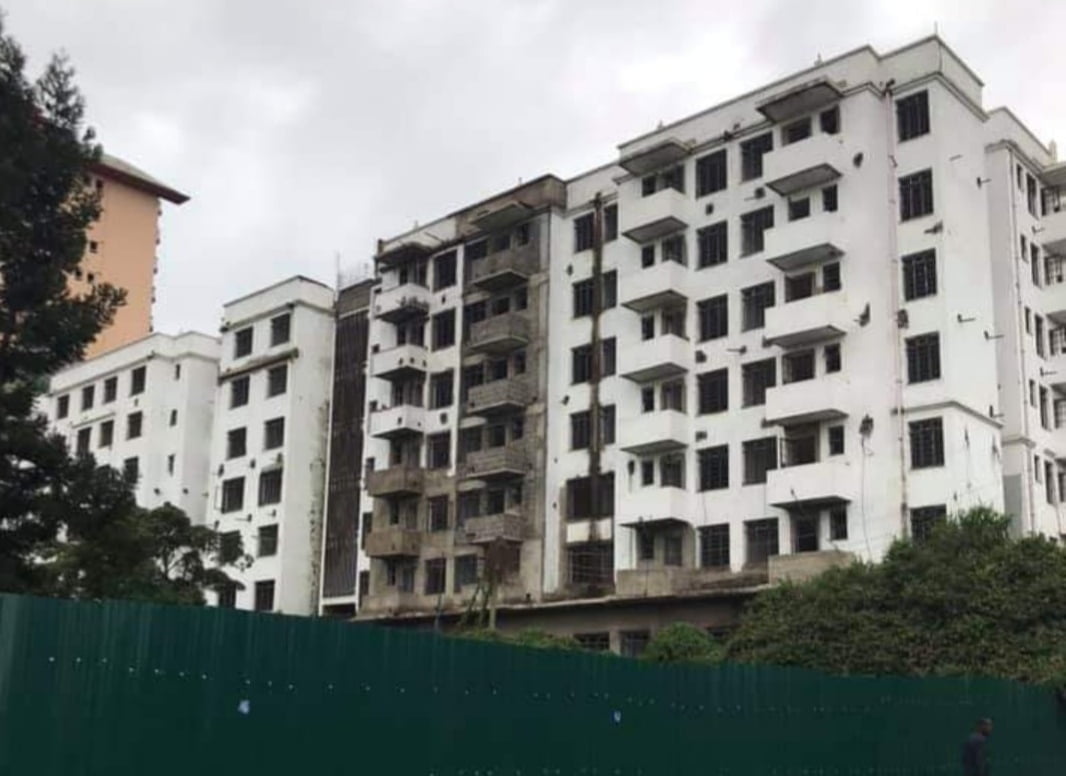Saudi Arabia’s ‘Sleeping Prince’ Dies After 20 Years in Coma
Prince Al-Waleed bin Khalid Al-Saud, known globally as the “Sleeping Prince,” has died after spending nearly two decades in a coma following a tragic car accident in 2005.
His passing, confirmed by his family on Sunday, has stirred an emotional wave across Saudi Arabia and beyond.
As tributes pour in for a young royal who became a poignant symbol of hope, faith, and resilience.

Who Was the Sleeping Prince?
Prince Al-Waleed was the son of Prince Khalid bin Talal Al-Saud and a nephew to the influential billionaire businessman Prince Al-Waleed bin Talal.
A member of the Saudi royal family, the young prince was widely admired for his academic promise and vibrant personality before tragedy struck.
In 2005, while studying at a military college in London, the prince sustained severe brain trauma in a car crash.
The accident left him in a persistent vegetative state—a coma that lasted nearly 20 years.
20 Years of Vigil: A Family’s Unwavering Hope
Since the accident, his father, Prince Khalid, refused to give up on his son, maintaining hope for a miraculous recovery.
The family transformed a hospital room into a high-tech ICU within their palace.
The prince was surrounded by medical staff and family members who ensured he received constant care.
His mother often shared messages of prayer and updates on his condition through social media.
Thus, garnering public sympathy and sparking international attention.
Over the years, minor signs of movement, such as blinking and slight head turns, have renewed optimism.
Even as experts warned of the improbability of full recovery.
Confirmation of Death and Public Reaction
The official announcement of his death was made via a statement by the Al-Saud family and confirmed by state media.
“With hearts full of sorrow and submission to God’s will, we announce the death of our beloved son, Prince Al-Waleed bin Khalid bin Talal Al-Saud,” the statement read.
News of his death trended globally on social media platforms, with thousands expressing condolences using hashtags such as #SleepingPrince and #PrinceAlWaleed.
Many paid tribute to his family’s unwavering devotion and the dignity with which they navigated two decades of uncertainty.
Funeral Arrangements and National Mourning
Prince Al-Waleed was laid to rest at Al-Oud Cemetery in Riyadh, a traditional resting place for members of the Saudi royal family.
Senior royals, religious leaders, and government officials attended the solemn funeral prayer held at the Imam Turki bin Abdullah Mosque.
The Royal Court has not declared an official period of mourning.
But several public figures and government offices have canceled events and issued statements of sympathy.
Symbol of Faith and Perseverance
While Prince Al-Waleed never regained consciousness, his legacy has become deeply ingrained in Saudi cultural consciousness.
He was widely seen as a symbol of divine testing, family perseverance, and the hope that transcends medicine.
His case has also sparked renewed debate in the region about long-term coma care, medical ethics, and the psychological toll on caregiving families.
Looking Ahead
With his passing, the chapter closes on one of the most unusual and touching stories in Saudi royal history.
As the nation grieves, many hope that his legacy will inspire increased awareness of traumatic brain injuries.
And the importance of support systems for families caring for loved ones in long-term medical states.
ALSO READ: Sleeping Prince of Saudi: 20 Years Later — A Family’s Unbreakable Hope






































